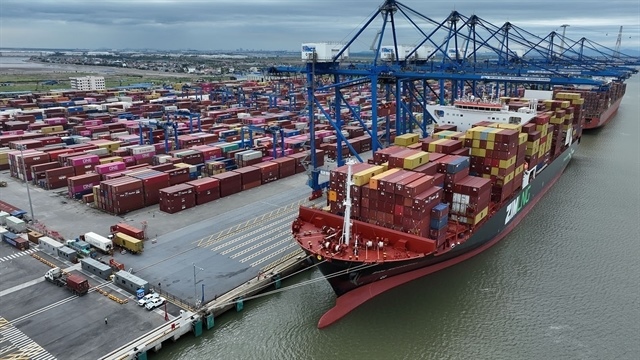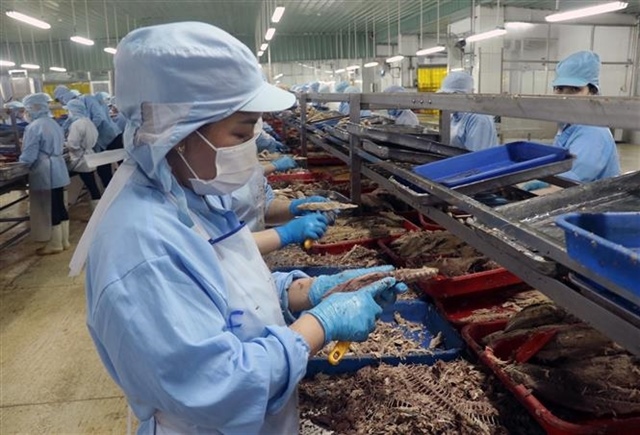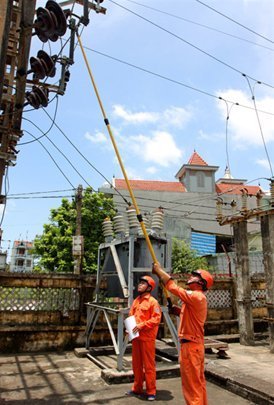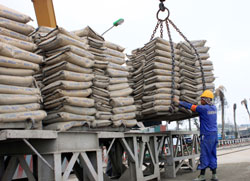ACFTA paves the way for Chinese cars to penetrate Vietnamese market
ACFTA paves the way for Chinese cars to penetrate Vietnamese market
Experts have warned that the Vietnam’s automobile industry would be threatened as automobile manufacturers would become traders once the low import tariffs under the ASEAN-China Free Trade Agreement (ACFTA) become effective from 2015.

ACFTA, which took effect on January 1, 20arial10, is considered the tool that paves the way for Chinese cars and car parts to penetrate into the South East Asian market. Under the agreement, since 2010, China and six ASEAN countries, including Thailand, Malaysia, Indonesia, the Philippines, Singapore and Brunei would impose the import tariffs of 0.1-0.6 percent on cars and car parts. Meanwhile, Vietnam, Myanmar, Laos and Cambodia would begin applying the tariffs from 2015.
Experts believe that in general, Chinese cars would find it uneasy to penetrate the Vietnamese market, because Vietnamese people favor the products with well- known brands.
Chinese Haima, Geely and Lifan brands have been trying to conquer the Vietnamese market. Most recently, Geely became the fifth Chinese automobile manufacturer in Vietnam when it opened a showroom in April 2012.
However, the Chinese products have been selling very slowly and they have not caught the attention of Vietnamese customers.
The experts have warned that the situation would be different in the new circumstances. Cars have been considered as luxurious products which are not encouraged in Vietnam. Meanwhile, the domestic auto brands have not been favored in the market.
However, car parts and accessories would be quite another story.
Vietnam imported 72 million dollars worth of car parts in the first five months of the year, which was 50 percent higher than the import value of cars under the mode of complete built unit (CBU), according to Dau tu.
Experts have every reason to give a forecast that the import turnover of the car parts from China would increase in the time to come, when the low tariffs are applied. The imports from China would be used to assemble cars in Vietnam which would be cheap enough and still bear international brands.
With good infrastructure conditions, developed supporting industries and clear and attractive policies, some ASEAN countries have become the main production bases for big automobile manufacturers who have poured big money into the countries.
Reports show that foreign automobile manufacturers have invested in dribs and drabs in their projects in Vietnam, about 10 million dollars in the last three years, which is really a modest figure if compared with the investments poured by the manufacturers in other South East Asian countries.
As such, Vietnam would be put under a hard pressure, especially from 2018, when the CBU import tariff reduces to zero percent.
When talking about the future of the Vietnam’s auto industry, the operational auto joint ventures have predicted that only three big brands would still be operational with their existing production bases, while others would turn into professional importers and distributors.
In related news, Dat Viet one month ago reported that MG Cars, the British brand which has fallen into the hand of a Chinese enterprise, would join the Vietnamese market in two months.
The first MG showroom is expected to be set up at No. 68 Le Van Luong Street in Hanoi. CT Brothers Automobile would be the only distributor for the brand.
Meanwhile, Tien phong in May reported that Chinese biggest auto exporter-- Chery Automobile had reached an agreement with local partners on the construction of an auto assembling plant in the north of Vietnam, which would churn out the products with Cherv brand in Vietnam.
This would be the 17th overseas assembling plant of the Chinese group. However, the manufacturer has not revealed the information about the investment capital, the time of investment and the car models to be assembled in Vietnam.
vietnamnet























